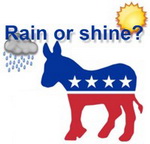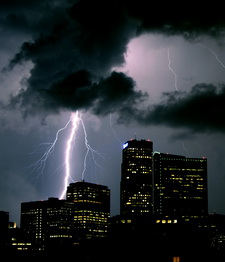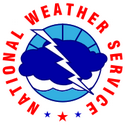
Is it global warming at work? Probably not but the Mile High City experienced a very warm month of August that nearly ended up in the “top 10” statistical column. Were it not for things cooling down in the last week that almost certainly would have happened.
Denver’s average temperature for the month was 73.8 degrees – 2.1 degrees above normal. That put it 0.3 degrees shy of the number ten spot for warmest August on record which was in 1947 with an average temperature of 74.1. We should be thankful we didn’t reach near the top spot. The hottest August on record was in 1937 when we hit an average of 76.8 degrees.
In terms of extremes, the hottest day of the month occurred on the 22nd when the mercury climbed to 97 degrees. The coldest temperature recorded was on the 17th when we dropped to 47 degrees. Neither of those were records.
Overall we recorded 12 days with 90 degree or higher temperatures – three above normal. Similarly we have seen 41 ninety degree plus days this year which is 10 more than normal.
Only one temperature record was set for the month. That occurred on the 18th when a record high minimum of 67 degrees was recorded. This tied the previous record for the date set in 1986.
Here in Thornton we were a bit cooler than the Denver measurements. We saw an average temperature of 72.3 degrees with a high of 93.9 on the 18th and a low of 51.1 degrees on the 17th.
It may not have seemed like it as we did have quite a few days with thunderstorms but we in fact finished August with below normal precipitation. Denver recorded 1.05 inch but that was 0.77 inch below normal.
Most of that precipitation however fell within the first seven days of the month when 1.03 of the total was recorded. Of that, 0.68 inch was recorded on the first of the month. However, a mere 0.02 inch was recorded for the final three weeks of the month.
Thornton fared better than the official measurements in terms of precipitation. We recorded 1.41 inches for the month and the moisture we received was spread out across the month much better.
At the official Denver monitoring station at Denver International Airport they recorded 10 days with thunderstorms. The max wind gust was 45 mph recorded on the 12th and again on the 16th.
Below are the official Denver weather statistics for August 2010 from the National Weather Service. Click here to view Thornton’s summary report.
Continue reading Denver’s August wraps up warmer and drier than normal







 It is official – we have broken Denver’s 107 year old record of consecutive days with over 90 degree temperatures. Thursday marked day 19 in the streak, moving past the old record of 18 days set way back in 1901 and 1874.
It is official – we have broken Denver’s 107 year old record of consecutive days with over 90 degree temperatures. Thursday marked day 19 in the streak, moving past the old record of 18 days set way back in 1901 and 1874. 
 As summer vacations wind down and families prepare to send kids back to school in August, Colorado weather also starts to settle down. The chances for severe weather decrease markedly during August and by the end of the month daytime temperatures are dropping quite a bit as well. For more information on what to expect in August,
As summer vacations wind down and families prepare to send kids back to school in August, Colorado weather also starts to settle down. The chances for severe weather decrease markedly during August and by the end of the month daytime temperatures are dropping quite a bit as well. For more information on what to expect in August,